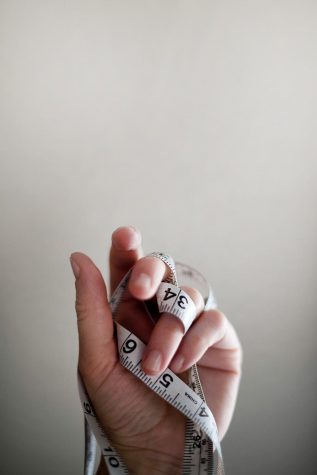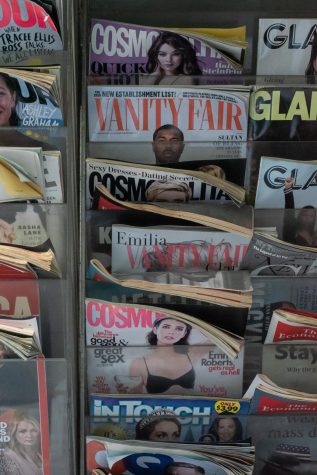The corporatization of the modern-day body positivity movement
We need to change the way in which we view body positivity
Body positivity is a term coined back in the late 1960s, used throughout the Fat Acceptance Movement: activism against diet culture and corporate industries of whom capitalized off discrimination and anti-fatness ideologies. In our modern-day world, the meaning of body positivity has been heavily diluted — utilized by influencers or businesses as a form of performative allyship — rather than a strive for inclusivity.
Although body positivity has been around for decades, it recently started gaining attention once again following a Dove campaign back in 2010, allowing the company to acquire an edge over market competitors by profiting off body positivity. It released advertisements conveying women of all various ages, races — and most importantly — body types. This campaign aimed to make all women feel included by expanding their definition of beauty, however, many were quick to point out the hypocrisy of Dove regarding positive views of body attributions.

The parent company of Dove, Unilever, also contains brands that completely oppose the initial views of the Fat Acceptance Movement. Take Slimfast for example, a diet product that uses significant anti-fatness marketing. These campaigns teach women to be ashamed of their bodies — and how rather than falling out of society’s standards of beauty — that they should use Slimfast in order to lose up to hundreds of pounds. Additionally, although Dove put emphasis on the inclusion of all races in the Campaign for Real Beauty, Unilever also manufactures Fair & Lovely skin-whitening cream. This product feeds on racism and colorism, specifically in foreign countries, to cause women to feel the necessity to whiten their skin tone. Dove itself even produces cellulite cream: a solution to a prevalent insecurity within women, frequently recognized as a portion of the body positivity movement.
How could Dove possibly support the body positivity movement while continuing to release or associate with these products? The answer is – it doesn’t. Within the past decade, body positivity has continued to evolve into a marketing scheme implemented by brands to gain further support from the public. Although some may deem this as progress regarding body positivity, the intention of these companies is not to reparate for the inequality that fat people continue to face within society, but rather out of their own interest for profit.

Another critique of the modern-day body positivity movement surrounds the type of body types in which are recognized in the media. Many companies have made efforts to include more diverse groups of individuals in their campaigns, however, many times this does not properly display all types of plus-size bodies. For example, a brand may market to “all women” yet only carry up to size 14 in their clothing. For reference, the average size of a woman in the United States is 16-18. This leaves most plus-size people to have to shop at specialty stores or boutiques, even just to find simple clothing pieces.
We need to change the way in which we view body positivity. While it may have started as a movement created by black, queer women to voice their complaints of the portrayal of plus-size bodies in society, it has now evolved to exclude that exact group of people. Improving the body positivity movement means brands expanding their campaigns to cater to a greater diversity of individuals: not white, able-bodied women who are less than size 14. It means allowing opportunities for plus-size men to gain representation, which is commonly disregarded in the movement. It means talking and discussing weight-related topics that may make people feel uncomfortable, and not comparing skinny-shaming to the discrimination of plus-size individuals. The body positivity movement should represent every person, rather than the narrow, corporatized view of “body positivity” that is exemplified by the beauty and fashion industries.
Hello! My name is Eileen Lincoln, and I am a junior here at Oakton! This is my third year in journalism but my first year as an Editor-in-Chief. I mainly...




